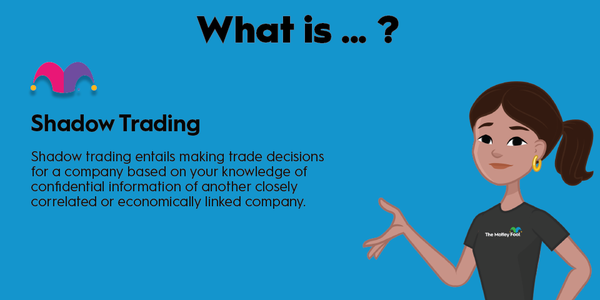When you invest in a mutual fund, there are an array of fees involved, one of which is the sales load, sometimes called a sales charge. If you're asking yourself, "What is a sales load?" you've come to the right place. We'll discuss this fee in depth below.

Definition
What is a sales load?
A sales load is like a commission that's paid to the company that sold you the mutual fund, though the actual person who did the selling might not receive the full amount.
You'll be able to find out more about how much the sales load is and how it's structured by looking at the mutual fund's prospectus. However, not all mutual funds have sales loads -- there are also "no load" mutual funds that charge different fees, or you can sometimes buy mutual funds directly from the issuer with no load fee involved.
Types of sales loads
Types of sales loads
Sales loads can be charged to you at different points in the life of your investment, so it's important to understand just where your charges will be. There are three types of sales loads:
Front-end: Front-end loads are taken directly from your initial investment. For example, if you're investing $100,000 in a mutual fund with a 5% front-end sales load, you're actually investing $95,000 after your sales load. In reality, there are likely other fees, too.
Back-end: Back-end loads tend to work a bit more in the favor of the investor since they're paid at the end of the investment, based on the initial investment amount. So, that same $100,000 and 5% sales load, but as a back-end, could easily be completely wiped out by the additional compound earnings you make from being able to invest the extra $5,000 until you sell your investment. Sometimes, sales loads can also decrease to zero if you hold the fund long enough.
Level load: With a level sales load, you'll pay a small fee periodically. This might be once a year, for example. These are a lot less common than front-end and back-end sales loads and are also different from mutual fund maintenance fees.
Sales loads vs. expense ratios
Sales loads versus expense ratios
Sales loads are one type of expense that you need to consider with a mutual fund, but they're not included in the expense ratio. Whereas a sales load is basically a commission to the seller of the mutual fund, the expense ratio is based on other operating expenses without the sales load being included.
An expense ratio represents the annual cost of owning the fund, including things like management fees. It's specifically about money that goes back to the fund itself, so the sales load is not included. The sales load is paid to a separate entity entirely. You will often see mutual funds with both expense ratios and sales loads.
Related investing topics
Examples
Examples of how to calculate a sales load fee
It's incredibly simple to calculate your sales load expenses, depending on what type of sales load fees you're incurring. Sometimes, your mutual fund may have both front- and back-end sales loads, so be very vigilant about understanding your fee structure.
To calculate front-end sales load, simply multiply your sales load percentage by the amount you'll be investing. Some mutual funds will offer a discount for tiers of investment, so you may save money by putting more in one specific fund. If you've invested $100,000 in a mutual fund with a 5% sales load, your sales load fee is $5,000 because $100,000 x 0.05 = $5,000. Only $95,000 of your money would get invested. If the fund earned 20%, you'd have $114,000.
Back-end sales load is a bit more complicated. First, you'll need to know what your back-end load fee is and if it changes over time. Regardless, you'll calculate your sales load based on your initial investment, not on your final investment, but using the back-end sales load that applies to the period in which you exit the investment.
If you invested that same $100,000 with a 5% back-end load fee, but you ended up earning $20,000 over the time you held it, you'd still only pay your sales load fee on your $100,000, not on the $120,000. So, the calculation would be the same as the front-sales load, except you pay the fee at the end: $100,000 x 0.05 = $5,000. After paying the fee, you'd be left with $115,000.



































































































